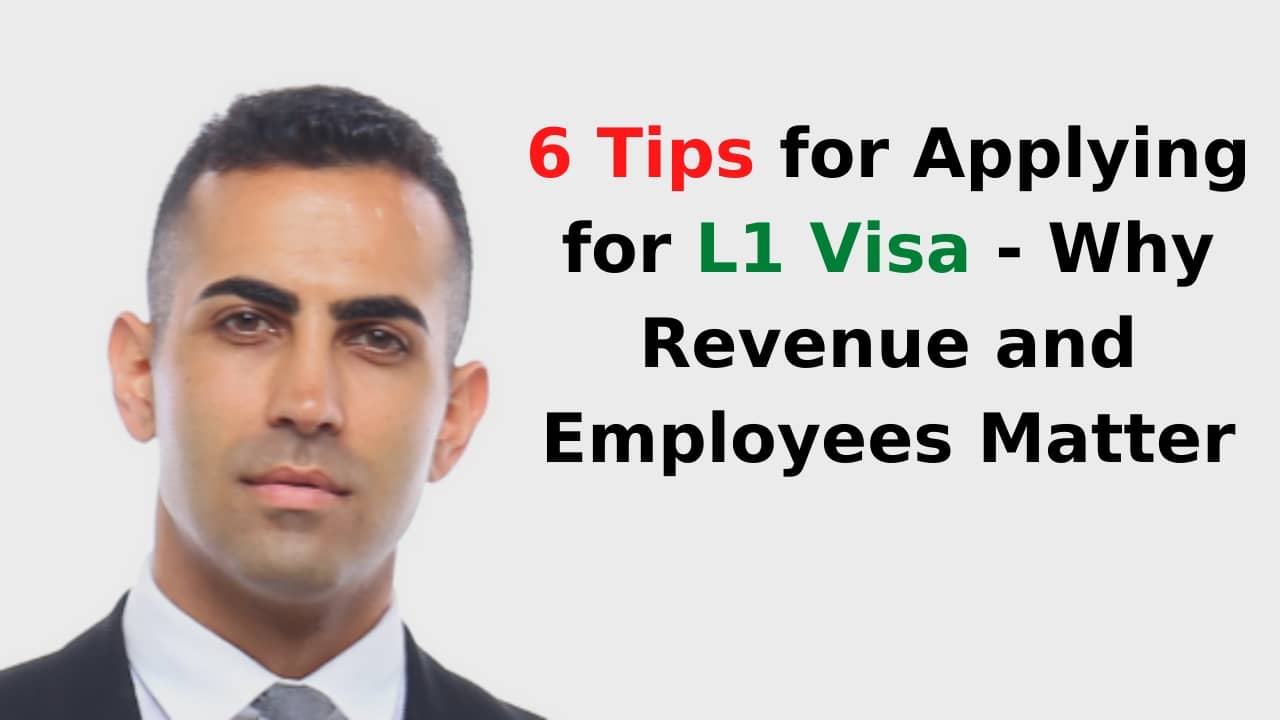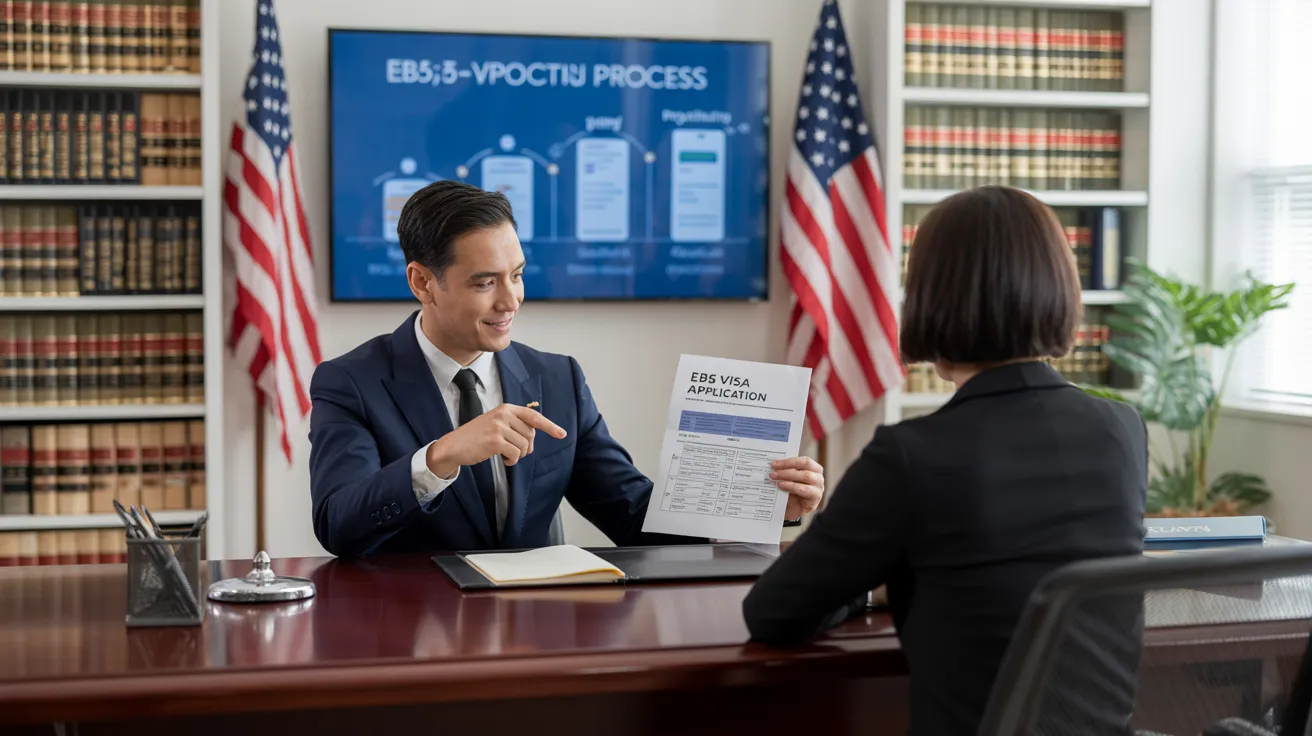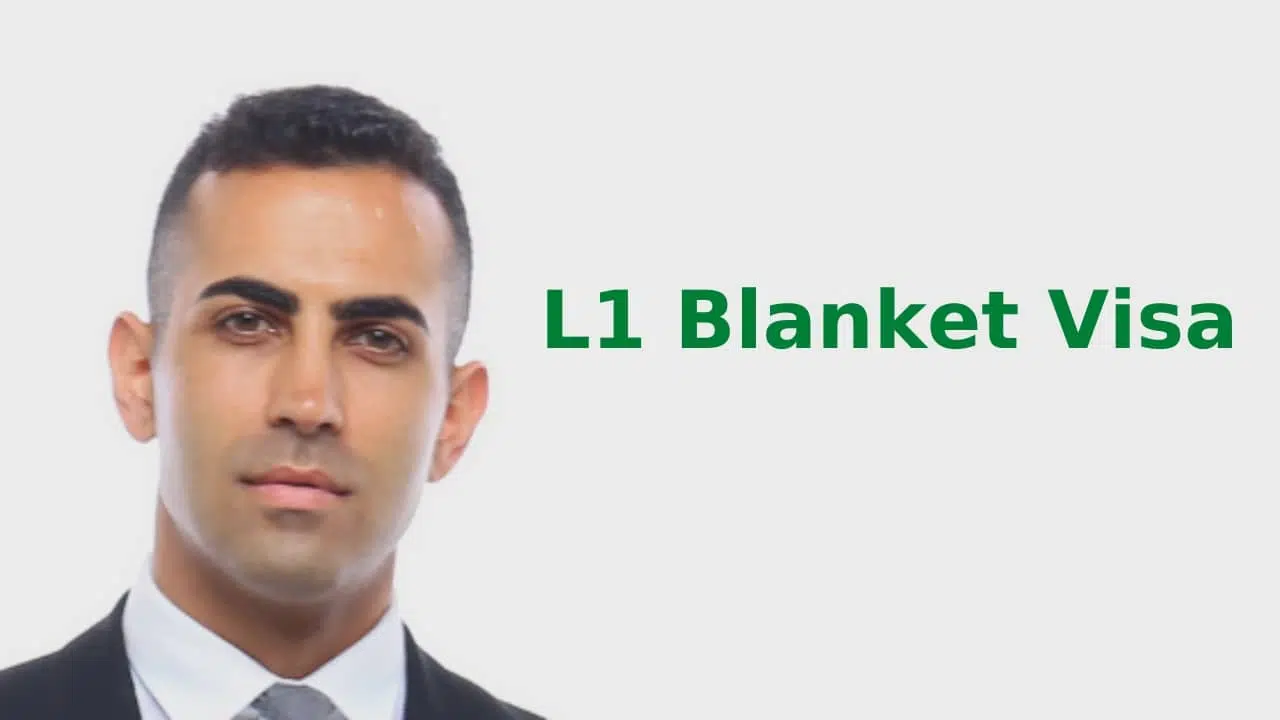L1 Visa Attorney Support
L1 Visa for Dummies
Table of ContentsLittle Known Questions About L1 Visa.An Unbiased View of L1 VisaThe Ultimate Guide To L1 VisaThe smart Trick of L1 Visa That Nobody is DiscussingThe Of L1 VisaThe smart Trick of L1 Visa That Nobody is Talking About
Readily Available from ProQuest Dissertations & Theses International; Social Scientific Research Premium Collection. DHS Office of the Assessor General. Fetched 2023-03-26.
United State Division of State. Obtained 2023-02-08. Tamen, Joan Fleischer (August 10, 2013).
The smart Trick of L1 Visa That Nobody is Discussing
In order to be eligible for the L-1 visa, the foreign company abroad where the Recipient was employed and the United state company need to have a qualifying partnership at the time of the transfer. The different types of certifying relationships are: 1.
Instance 1: Business A is incorporated in France and employs the Recipient. Firm B is integrated in the united state and wishes to petition the Recipient. Business A possesses 100% of the shares of Firm B.Company A is the Parent and Business B is a subsidiary. There is a certifying partnership in between the two firms and Company B should be able to sponsor the Beneficiary.
Company An owns 40% of Firm B. The continuing to be 60% is had and managed by Business C, which has no relation to Company A.Since Business A and B do not have a parent-subsidiary connection, Company A can not fund the Beneficiary for L-1.
Company An owns 40% of Company B. The remaining 60% is possessed by Company C, which has no connection to Business A. Nonetheless, Company A, by official agreement, controls and complete handles Firm B.Since Business An owns much less than 50% of Business B yet handles and manages the firm, there is a certifying parent-subsidiary relationship and Company A can fund the Beneficiary for L-1.
The smart Trick of L1 Visa That Nobody is Discussing
Firm B is integrated in the U.S.
Some Known Questions About L1 Visa.

The L-1 visa is an employment-based visa classification established by Congress in 1970, allowing international business to transfer their supervisors, executives, or key personnel to their U.S. procedures. It is generally described as the intracompany transferee visa. There are two main kinds of L-1 visas: L-1A and L-1B. These types are suitable for employees hired in various positions within a company.

In addition, the beneficiary needs to have worked in a managerial, exec, or specialized employee setting for one year within the three years coming before the L-1A application in the international business. For brand-new workplace applications, foreign work has to have been in a supervisory or executive capability if the beneficiary is coming to the USA to function as a supervisor or executive.
The Only Guide to L1 Visa

If provided for a united state firm operational for even more than one year, the initial L-1B visa is for up to three years and can be expanded for an added two years (L1 Visa). On the other hand, if the united state company is newly developed or has been operational for much less than one year, the preliminary L-1B visa is provided for one year, with expansions available in two-year increments
The L-1 visa is an employment-based visa category developed by Congress in 1970, permitting multinational business to move their managers, execs, or key personnel to their united state procedures. It is frequently referred to as the intracompany transferee visa. There are two major kinds of L-1 visas: L-1A and L-1B. These types appropriate for staff members worked with in different settings within a company.
Little Known Facts About L1 Visa.
Furthermore, the recipient needs to have functioned in a managerial, exec, or specialized employee position for one year within the three years coming before the L-1A application in the international firm. For brand-new workplace applications, international work has to have been in a supervisory or executive capability if the beneficiary is concerning the USA to function as a supervisor or executive.
for up to 7 years to manage the operations of the U.S. affiliate as an executive or supervisor. If provided for a united state company that has been functional for greater than one year, the L-1A L1 Visa requirements visa is initially granted for approximately 3 years and can be prolonged in two-year increments.
If given for a united state business operational for greater than one year, the first L-1B visa is for approximately three years and can be extended for an additional 2 years. Alternatively, if the U.S. firm is newly developed or has actually been functional for much less than one year, the preliminary L-1B visa is released for one year, with expansions readily available in two-year increments.